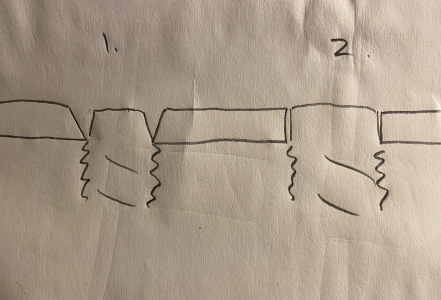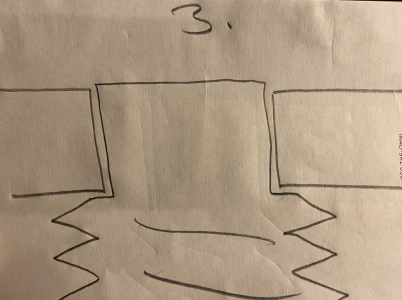Your caution is well placed. Many insurance companies (and their adjusters) will try to ask adversarial questions to invalidate coverage any possible reason.
However a very careful reading of the fine print of your home ownership policy tells a different story. For the sake of prudence, My oxyset is on a wheeled welding cart in my garden shed, under lock and key. One could make the argument that using it indoors might trigger the nonsense. But since that isn't in the written contract, well you know.
I have tussled with auto insurance companies 3 times, and house insurance people once, in the past. So far I have come out with a satisfactory outcome every time. My most recent one, I moved my insurance to another company and fired my broker, because of nonsense about metalworking, so I chose a company with full disclosure, that was only a small up-charge. This my first neutral result in 45 years.



